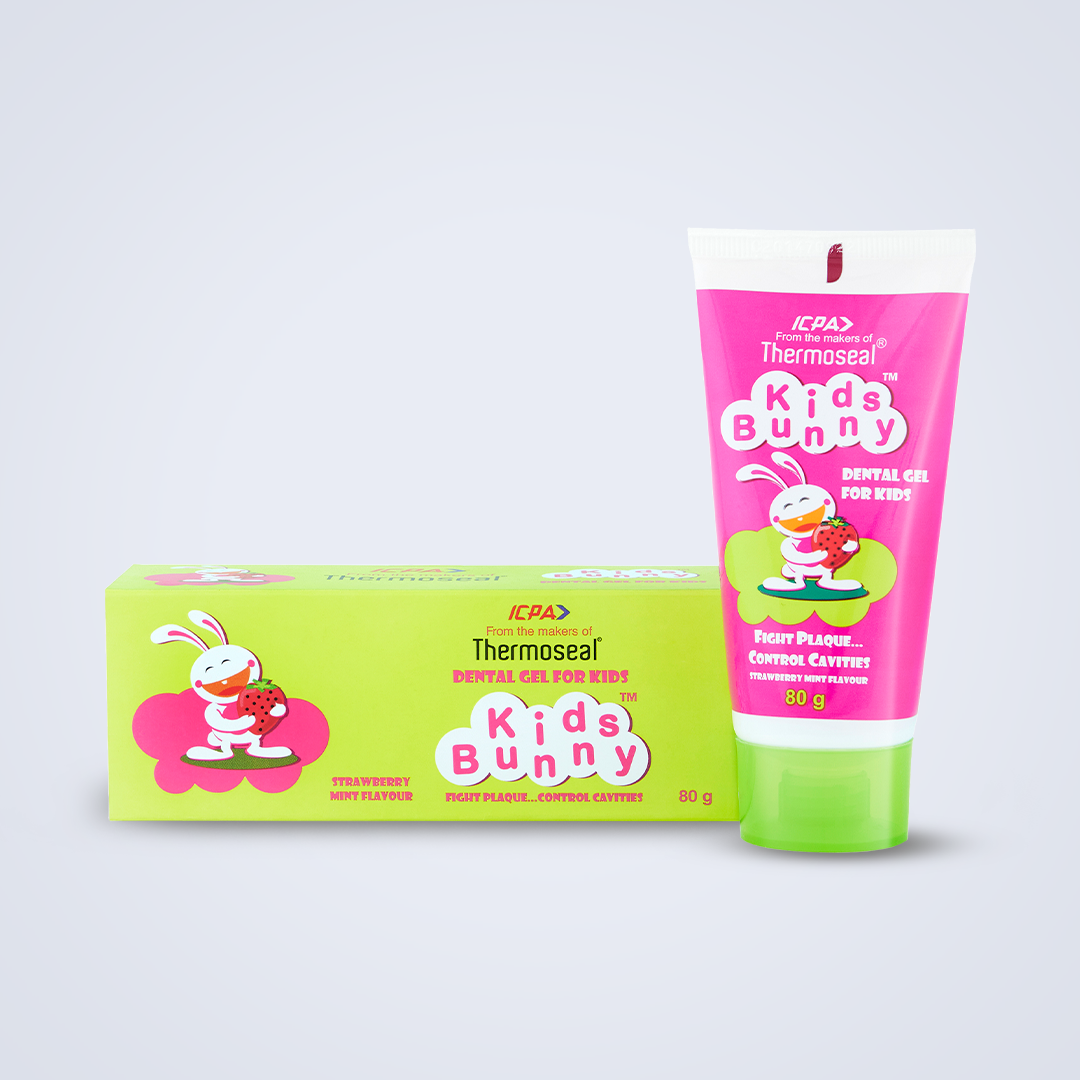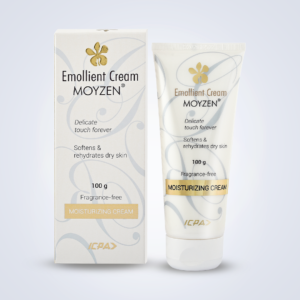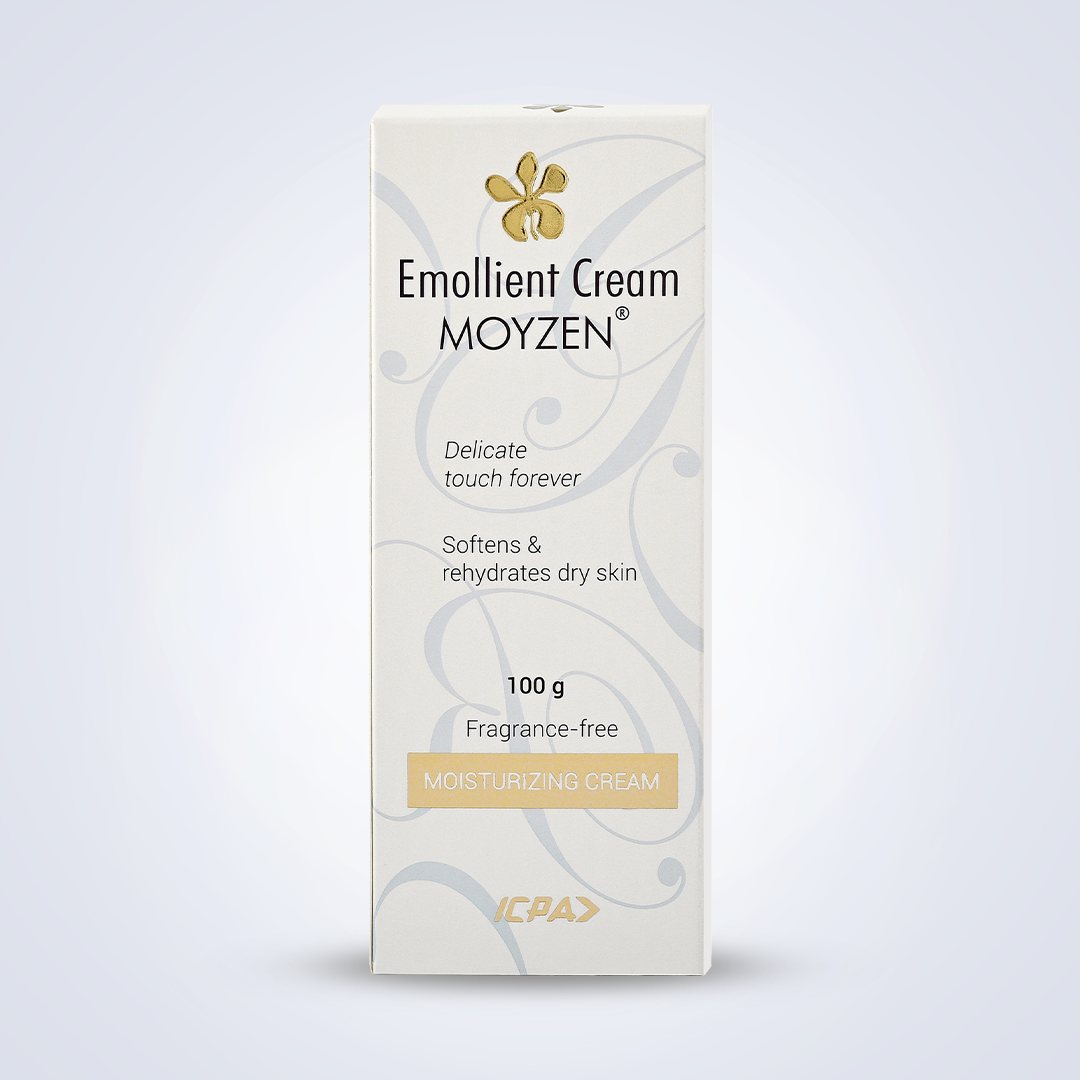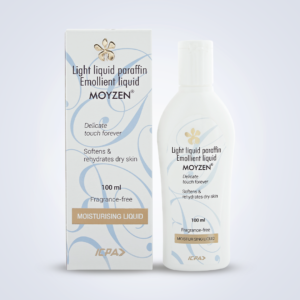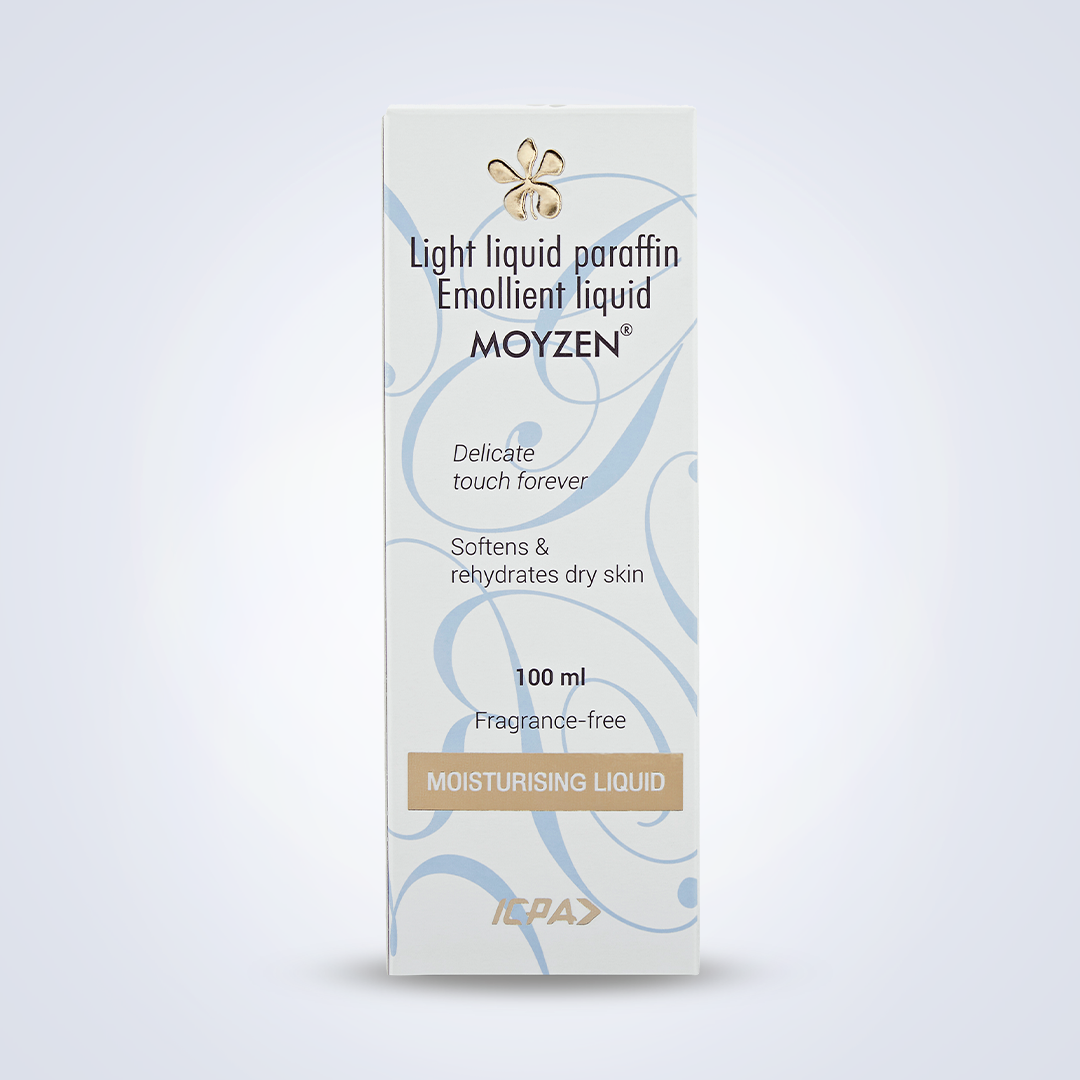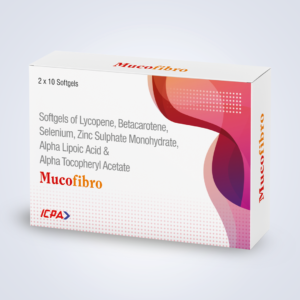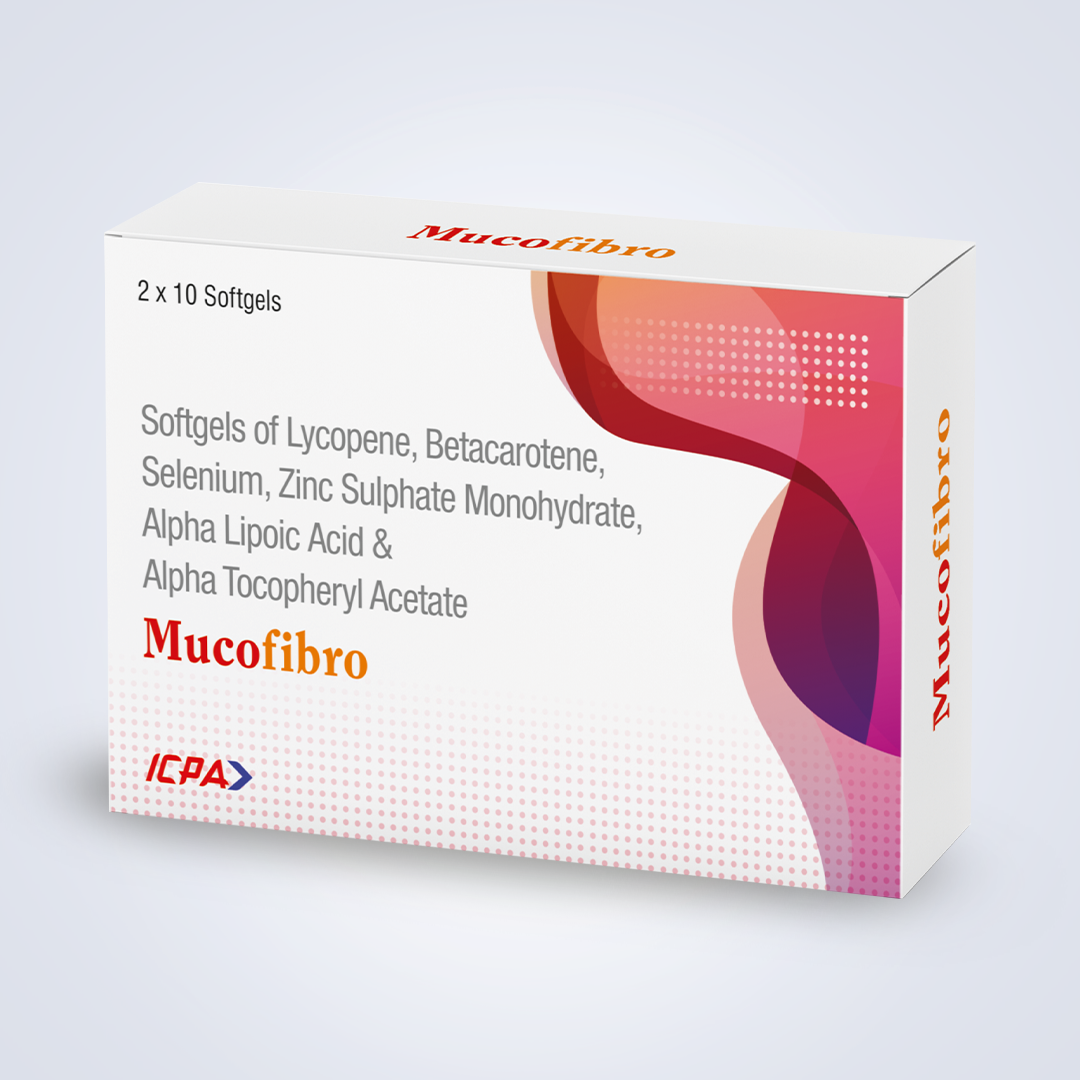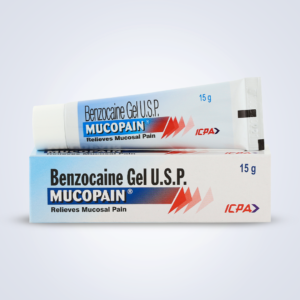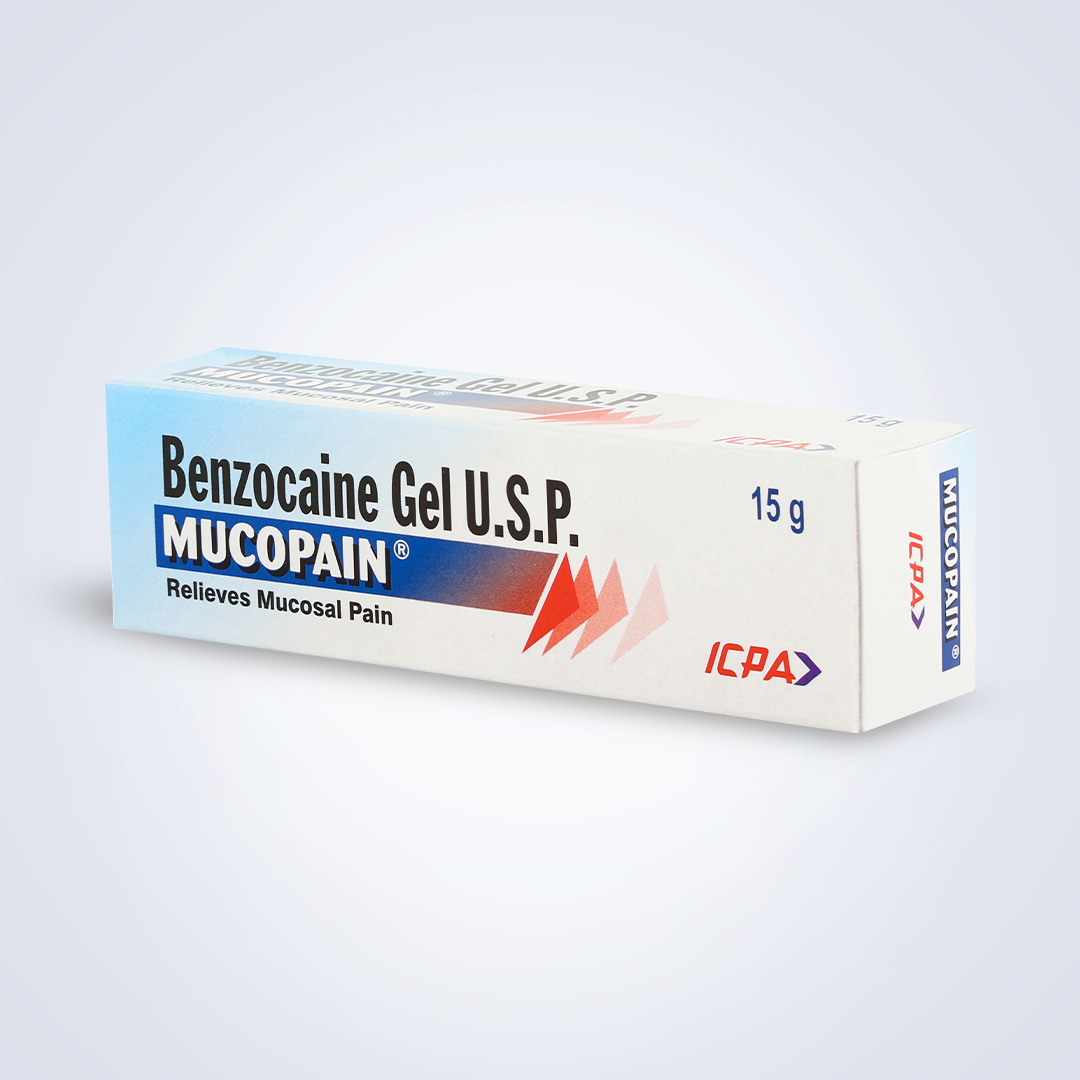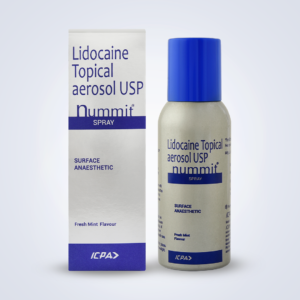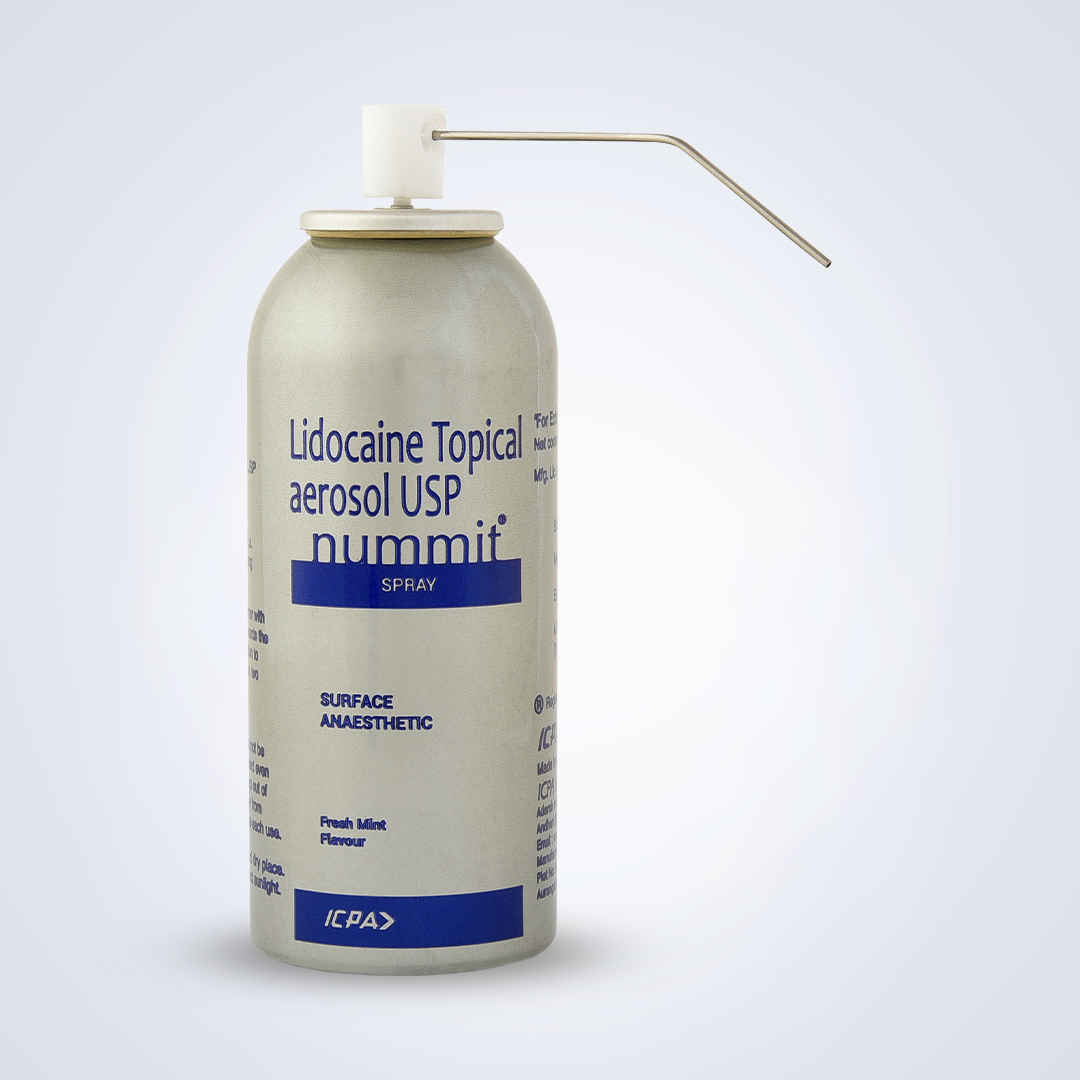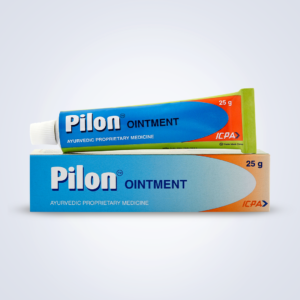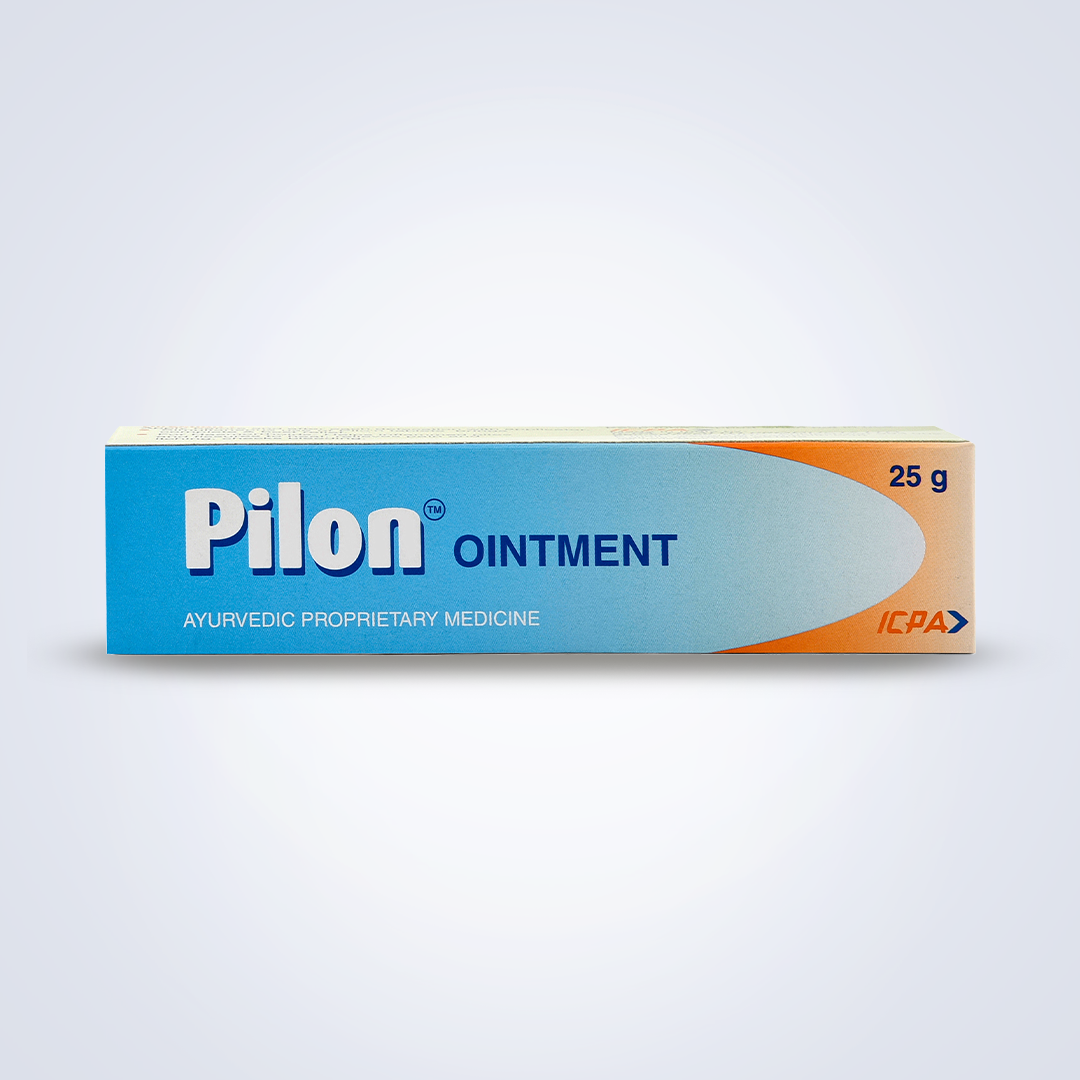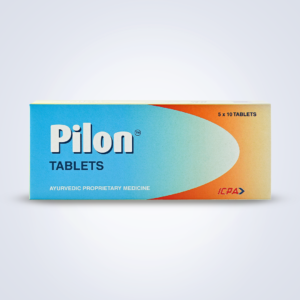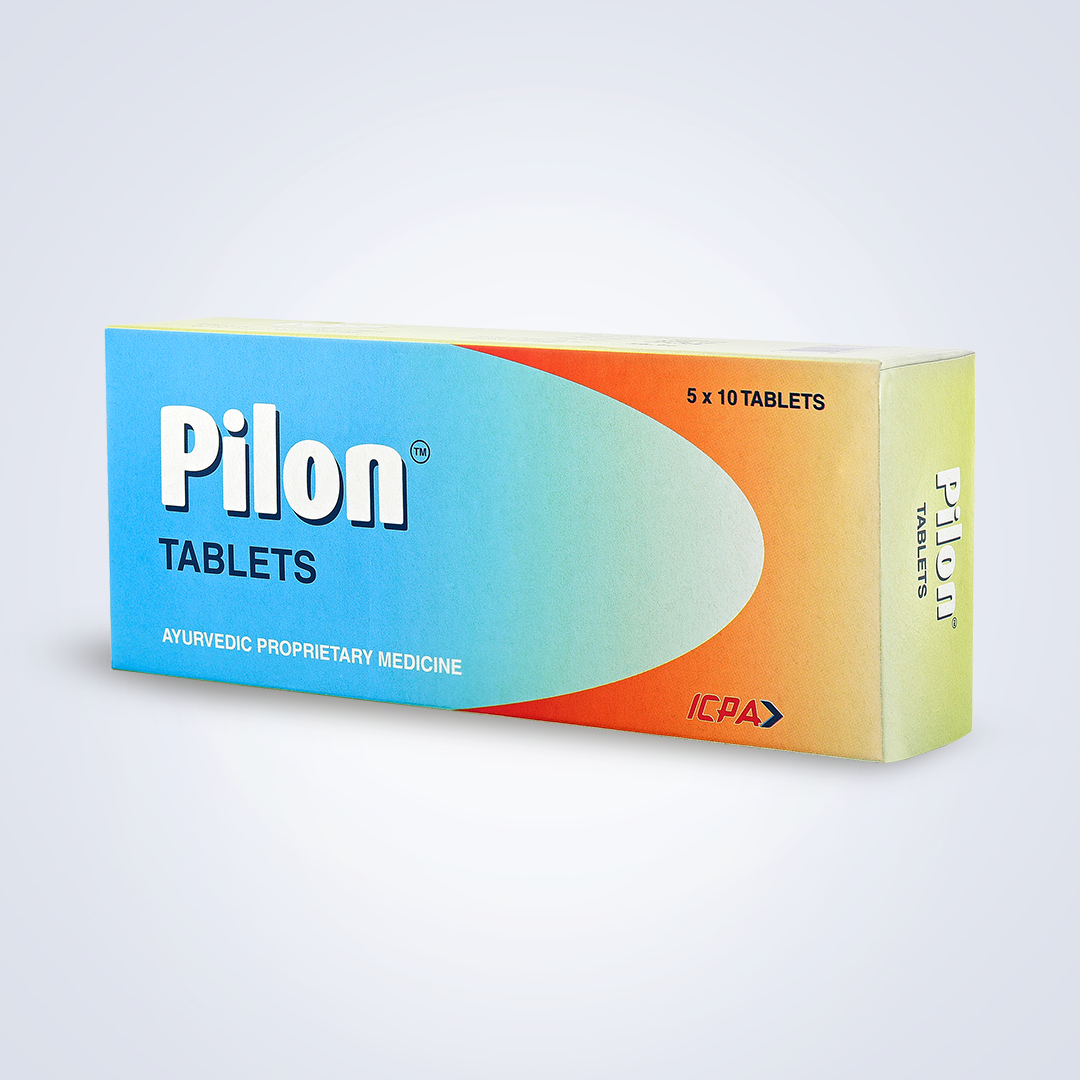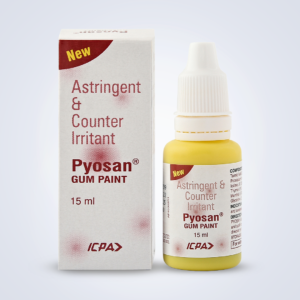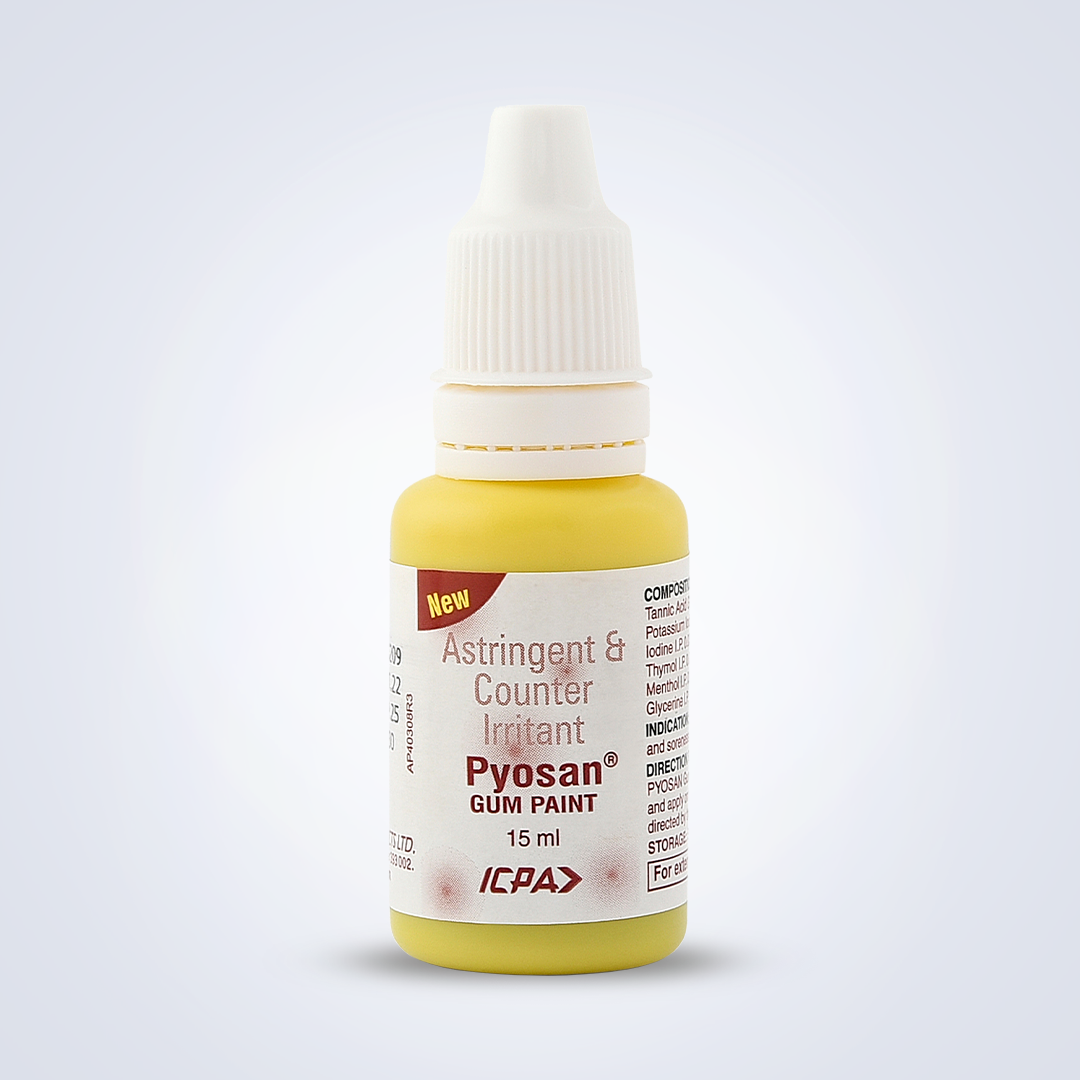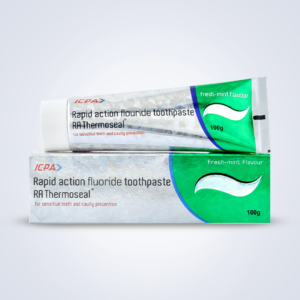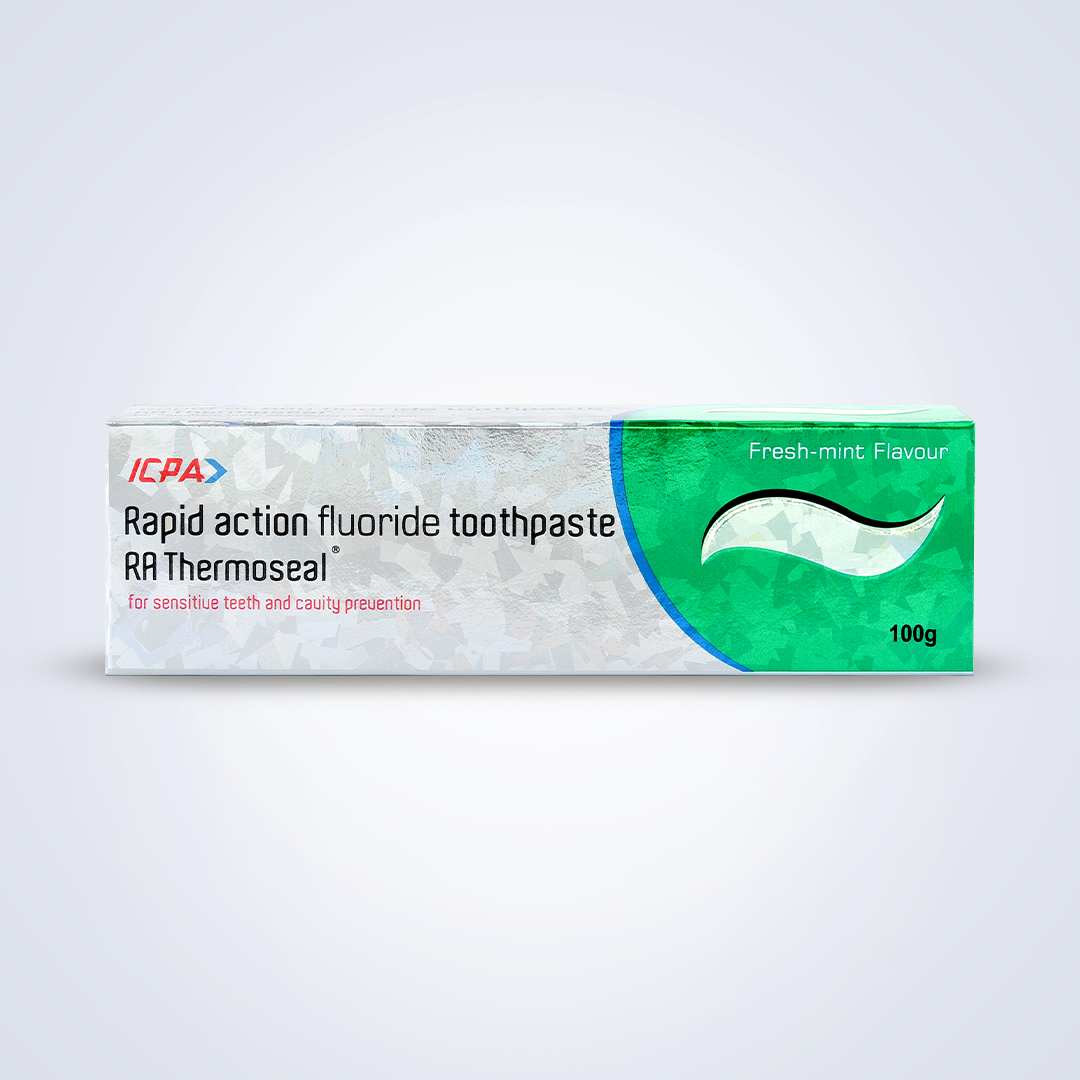Shop
Shop
Showing 25–36 of 62 results
-
Kids Bunny Gel 80gm
Read More Quick ViewComposition:
Foaming fluoridated toothpaste. Available fluoride content: 500 ppm when packed.
Use:
Aids in the prevention of dental caries, specially designed for kids.
1. Offers 500ppm of fluoride – ensures effective caries prevention.
2. Provides good foaming and long-lasting freshness.
3. Yummy strawberry mint flavor to encourage kids to brush.Direction for use:
Brush teeth twice a day or as directed by the dentist or physician. Children under 6 years of age should brush under parents’ supervision and use only a pea sized amount. Do not swallow. Protect from heat.
Presentation:
Lamitube of 80g (2.77 oz.)
-
Kids Dyny Toothbrush
Read More Quick ViewUses:
1. Kids Dyny toothbrush has a small head that ensures easy maneuvering in your child’s mouth.
2. Easy grip handle to ensure that the brush won’t slip.
3. Regular use helps to remove plaque from your kid’s tooth surfaces that can lead to cavities and gum disease.
4. The best quality nylon bristles of 0.007-inch diameter – soft and firm enough to effectively brush your kid’s teeth and reach between the gaps.
5. The bristles tend to fray as babies chew on them. So, dentists and hygienists recommend replacing toothbrushes every 3 months.Presentation:
1 toothbrush.
-
Moyzen Cream 100gm
Read More Quick ViewMoisturising Cream
Softens and Rehydrates dry skin
Composition:
Light Liquid Paraffin 6% w/w White Soft Paraffin 15% w/w Cream base q.s. Preservative q.s. (Formulation available – I.P. – Domestic, B. P. – Export)Mode of action:
Stratum corneum is the surface layer of the epidermis. Water content of Stratum corneum (10%) is controlling factor in maintaining skin flexibility. When water content falls below 10%, Stratum corneum becomes less flexible and rough. This phenomenon is termed as ‘dry skin’. Certain skin disorders and systemic diseases also produce dry skin.
Moyzen produces thin occlusive film on the Stratum corneum, which prevents loss of moisture from skin surface.Indications:
Dry skin conditions.Directions for use:
Apply to the affected area and rub well. Use as often as required. Recommended units for application – Face and neck 2.5 fingertip units, Arm (shoulder-wrist) – 3 fingertip units, Hand -1 fingertip unit, Leg- 6 fingertip units, Foot – 2 fingertip units.Precautions:
Do not rub skin with towel after Moyzen application.Presentation:
Lamitube of 100g (3.53 oz) -
Moyzen Liquid 100ml
Read More Quick ViewSoftens and Rehydrates Dry Skin
Composition:
Light Liquid Paraffin 63.4% w/w Base q.s. (Formulation available – I.P. Domestic, B.P. – Export)Mode of action:
Stratum corneum is the surface layer of the epidermis. Water content of Stratum corneum (10%) is controlling factor in maintaining skin flexibility. When water content falls below 10%, Stratum corneum becomes less flexible and rough. This phenomenon is termed as ‘dry skin’. Certain skin disorders and systemic diseases also produce dry skin.
Moyzen produces thin occlusive film on the Stratum corneum, which prevents loss of moisture from skin surface.Indications:
For the relief of dry skin associated with Contact dermatitis, Atopic dermatitis, Senile Pruritus, Ichthyosis and related dry skin conditions.Directions for use:
Apply Moyzen on wet skin, preferably after bathing and thereafter pat skin dry.Precautions:
Do not rub skin with towel after Moyzen application.Presentation:
HDPE bottle of 100ml (3.38 fl.oz.) -
Mucofibro Antioxidants
Read More Quick ViewComposition:
Mucofibro is a formulation of antioxidants available in the form of softgel capsules.
Each soft gelatin capsule contains
Lycopene – 5 mg,
Beta-carotene – 10 mg,
Alpha lipoic acid 50 mg,
Elemental copper – 1 mg,
Elemental selenium – 75 mcg,
Vitamin E – 10 IU and
Zinc sulphate – 27.45 mg.Reactive Oxygen Species (ROS) —Free radicals
ROS are chemical molecules, specifically oxygen species formed by the partial reduction of oxygen that are generated during mitochondrial oxidative metabolism as well as in cellular response to cytokines and bacterial invasion.
The double-edged sword
ROS serve as crucial players in our body’s defense against invading pathogens. ROS play pivotal roles in cell signaling, gene regulation, and antimicrobial defense. These molecules have antimicrobial properties that help combat infections in the oral cavity. However, ROS can be a “double-edged sword” since an excessive presence of these molecules can become cytotoxic to our cells.
The concept of Oxidative Stress:
To counteract the deleterious effects of excessive free radicals, our bodies possess an antioxidant defense system that can inhibit and reduce the damage caused by the harmful ROS. However, when ROS levels exceed cellular antioxidant capacity, a condition termed oxidative stress occurs. Oxidative stress is implicated in the pathogenesis of several conditions including aging, diabetes mellitus, hypertension, and cancer.
Antioxidants:
These are oxidative stress busters used as auxiliary treatments in a variety of conditions such as cardiovascular diseases, pulmonary diseases, aging, and atherosclerosis.
Mucofibro: Antioxidant supplemements
With an optimal combination of anti-oxidants, carotenoids, and minerals, Mucofibro detoxifies the cells by scavenging the cell-damaging free radicals. This cell detoxification removes oxidative stress in the cells and enhances the overall tissue healing capacity, which results in faster healing of various oral lesions and conditions. It also improves the clinical outcomes of various non-surgical and surgical treatments.
Indications
1. Precancerous lesions: Leukoplakia, Erythroplakia (to prevent/ slow down the malignant transformation)
2. Precancerous conditions: Oral Submucous Fibrosis (to prevent/ slow down the malignant transformation)
3. As an adjunct to non-surgical & surgical periodontal treatments for various gum diseases: Gingivitis and Periodontitis
4. As an adjunct to implant treatments to improve osseointegration.
5. As an adjunct to bone regeneration & tissue engineering procedures.
6. In various oral surgical procedures for improved healing.
7. For improved healing of oral ulcersA. The role of antioxidants in periodontal health
The link between oxidative stress and periodontal disease
Periodontal disease is a persistent inflammatory condition that impacts the periodontal tissues. Emerging research has elucidated the connection between oxidative stress and periodontal disease. An article in a high-impact factor journal terms periodontitis as an inflammatory disease of oxidative stress.
In the early stages of periodontal disease, especially in the case of periodontitis, a prominent oxidative process unfolds, characterized by elevated levels of reactive oxygen and nitrogen species (ROS and RNS). Evidence says that much of the damage done to periodontal tissues and supporting bone structure is due to ROS emission.Promising results
Recent evidence supports the idea that antioxidants can play a pivotal role in the treatment of periodontitis. A meta-analysis comprising fifteen clinical trials demonstrated uniformly positive outcomes associated with antioxidant supplementation during periodontitis treatment. Lycopene is emerging as a promising treatment modality as an adjunct to full-mouth periodontal treatment.
These findings offer hope and promise for those seeking alternative therapies to complement traditional periodontal treatments.B. The role of antioxidants in implantology
1. Antioxidants like lycopene exert proliferative effects on human osteoblasts.
2. Antioxidants like lycopene may increase new bone formation in periodontal and dental implant treatments.
3. Lycopene improves implant osseointegration and prevents delayed osseointegration.
4. Antioxidants also help in bone formation and prevent bone loss under osteopenic conditions.C. Antioxidants in pre-cancerous conditions like Oral Submucous Fibrosis (OSMF)
Mucofibro improves mouth opening and prevents the malignant transformation of OSMF (and other precancerous lesions/ conditions).
1. Lycopene, a carotenoid derived from plants, demonstrates anti-carcinogenic properties and prevents the malignant transformation of precancerous lesions and conditions. Lycopene exhibits the highest physical quenching rate constant with singlet oxygen. Lycopene is the first line of treatment for OSMF, apart from demonstrating profound benefits with precancerous lesions such as leukoplakia.
2. β-carotene, a precursor of vitamin A, is an antioxidant that traps free radicals. It retards the development of cancer cells by minimizing the free radical-induced damage.
3. α-Lipoic Acid (LA) is known as a universal antioxidant as it can remove free radicals in water as well as lipid medium.
4. α-Tocopherol (Vitamin E) has the antioxidant action.
5. Selenium (Se) is an anticarcinogenic agent that prevents unwanted cell growth.
6. Zinc (Zn), essential for multiple cellular functions, acts as an antioxidant andstabilizes membranes.
7. Copper (Cu) enhances the activity of antioxidants.Dose
2 times a day for 30 days or as directed by the doctor
Presentation
2 x 10 softgels
-
Mucopain 15gm
Read More Quick ViewComposition:
Benzocaine I.P. 20% w/w in a water-miscible base Topical anaesthetics come in various dosage forms, such as gels, sprays, creams, ointments, patches to provide the clinicians with precise options for application under various situations.
Understanding Benzocaine:
Benzocaine is an ester type molecule used for topical (surface) anaesthesia in a variety of settings, including dental procedures, preparation for infiltration anesthesia, and pain relief minor traumas to oral mucosa.
Topical anaesthetic agents such as Benzocaine penetrate the oral mucosa effectively and offer local anaesthetic activity that lasts for 10-20 minutes. The poor water solubility of Mucopain makes it safe for topical use. Local anaesthetics reversibly block nerve transmission, when applied to a limited area of the body. They bind to the sodium channels in the nerve membrane and prevent the entry of sodium ions in response to the membrane’s depolarization.
Mechanism of action:
1. Benzocaine acts by reversibly binding to and inhibiting sodium channels in the neuronal cell membrane.
2. Benzocaine first enters the cell in a nonionized form and then becomes ionized after traveling through the membrane bilayer.
3. Once ionized, benzocaine starts inhibiting the voltage-gated sodium channels by binding to their alpha subunit.
4. This binding stops cellular depolarization and minimizes the chances of action potential generation.
5. Benzocaine can bind more easily to sodium channels when they are in an open configuration.
6. The pKa value of local anesthetics is critical as it helps to determine their onset of action. Since benzocaine’s pKa value is relatively low (2.6) in comparison to other local anesthetics, its onset of action is quick, its rate of action is fast and relatively pH-independent.Indications:
For topical anaesthesia of all accessible mucous membrane, except eyes. For temporary local relief of pain associated with dental conditions and oropharyngeal disorders.
1. Nutritional deficiency induced ulcers
2. Traumatic ulcers, such as lip bite, cheek bite
3. Treatment induced ulcers: due to orthodontic appliances, oral surgical appliances, dentures
4. Mucosal injuries during instrumentation in dental procedures
5. Ulcers from autoimmune disorders, such as lichen planus, pemphigoid, pemphigus.
6. Oral submucous fibrosis (OSMF)
7. Oral ulcers in cancer patientsDirections for use:
For oral mucosal use only, as directed by a dentist. For the temporary relief of pain due to ulcers, or injuries from minor dental procedures.
Warning:
Discontinue medication and consult a doctor if sensitivity or irritation occurs. Safe use of Mucopain is not established during pregnancy on the foetus. Do not cover the affected area with cotton or other material. Not for infant use.
Methemoglobinemia warning
Use of this product may cause methemoglobinemia, a serious condition that warrants prompt clinical management because it reduces the amount of oxygen carried in the blood. This can occur even if one has used this product before. Stop use and seek immediate medical attention if you or a user in your care develops any of the following:
- pale, gray, or blue-colored skin (cyanosis)
- headache
- rapid heart rate
- shortness of breath
- dizziness or lightheadedness
- fatigue or lack of energy
Presentation:
Lamitube of 15g (0.52 oz)
-
Nummit Spray
Read More Quick ViewComposition:
Lidocaine U.S.P. 15% w/w Inert solvents & Propellant q.s. to 100% w/w Each actuation delivers 7.5mg of Lidocaine USP, CFC free.
Mode of action:
Local anesthetics like Lidocaine reversibly block nerve transmission, when applied to a limited area of the body. They bind to the sodium channels in the nerve membrane and prevent the entry of sodium ions in response to the membrane’s depolarization.
Indications:
Preoperative surface anesthesia and for painful oral conditions.
Directions for use:
Hold the container with the extension tube pointing towards the area of applications. Press the button to spray. Allow 2 seconds between two subsequent sprays. Shake the container before each use.
Caution:
Flammable, Pressurised container. Must not be punctured, broken, or incinerated, even when apparently empty. Keep out of reach of children. Keep away from eyes.
Storage:
Store in a cool and dry place. Keep away from heat and direct sunlight.
Presentation:
Metallic canister of 100 gm (3.52 oz)
-
Pilon Ointment 25gm
Read More Quick ViewComposition:
Kasisadi Oil 25% w/w Yashad Bhasma (Zinc oxi 5% w/w Karpoor (Camphor) 1% w/w Ointment base q.s.Indications:
HaemorrhoidsDirections for use:
Apply before and after each defecation with applicatorPresentation:
Tube of 25g (0.88 oz) with applicator
For better relief use Pilo’n Tablets and Pilon Ointment together -
Pilon Tablets 5×10&#..
Read More Quick ViewThe Complete Solution to Treat Piles
Composition:
Each sugar coated tablet contains:- Ativish (Aconitum Heterophyllum) 110 mg
- Kattha (Acacia Catechu) 60 mg
- Kariyal (Swertia Chirata) 30 mg
- Aritha (Sapindus Trifoliatus) 20 mg
- Sudha Fatkari (Alum) 18 mg
- Indrajav (Holarrhena Antidysenterica) 16 mg
- Gorakmundi (Sphearanthus Indicus) 16 mg
- Dharuharidra Aq. Extract (Berberis Aristata 16 mg
- Hirabol (Commiphora Myrrha) 16 mg
- Neem Bheej (Azadirachta Indica) 16 mg
- Gritkumari (Aloes) 8 mg
- Banslochan (Manna) 8 mg
- Saunf (Foeniculum Vulgare) 6 mg
- Sonamukhi (Senna) 6 mg
Indications:
Haemorrhoids, Pre and Post – operative treatment in hemorrhoidectomy.Dose:
1 tablet twice a day, for 30 days.Presentation:
Strip of 10 tablets. -
PulpCAL
Read More Quick ViewRadiopaque Calcium Hydroxide Composition
Radiopaque Calcium Hydroxide Composition is a rigid, self-setting material useful in pulp-capping, and as a protective base/liner under dental filling materials. It will not inhibit the polymerization of acrylic and composite restorations. Calcium hydroxide paste encourages repair of active calcification and acts as a protection to external stimuli. Promotes re-calcification of minerals and high pH of paste has an antimicrobial effect against growth of harmful pathogens.
Composition:
Base Paste: 1, 3 butylene glycol disalicylate, calcium phosphate, barium sulphate, zinc oxide, iron oxide, calcium sulphate and titanium dioxide.
Catalyst Paste: calcium hydroxide, ethyl toluenesulphonate, zinc stearate, titanium dioxide, and zinc oxide.
Usage:
1. Applicable to exposed vital pulp tissue.
2. Application to dentine as protective barrier between restorative barrier between materials and deep vital dentine (indirect pulp capping) or where dentine to restorative material contact is not desired.
3. Direct pulp capping.
Warning:
Avoid prolonged or repeated exposure of liner material with skin, oral soft tissue, and eyes. Irritation and possible corneal damage may result. Skin rash, oral mucosa, or other allergic reactions may result in susceptible individuals. Do not take internally.
Direction of use:
1. Direct Pulp capping: Dispense equal volumes of base and catalyst paste (1.17:1 by weight) on parchment paper pad provided. Replace container caps. Using a liner applicator, stir immediately to mix thoroughly until a homogenously uniform mixer is observed. Complete mixing within 10 seconds.
Using a ball pointed calcium hydroxide liner applicator or similar instrument, place the mix directly on exposed dental pulp and cavity dentine judged to be less than 1.0mm remaining thickness in a thin layer. Avoid placing a liner on enamel or margins of cavity. Allow the liner to set completely. The mixed material will set in approximately 2-3 minutes on the mixing pad under normal room conditions. Set time is shorter in mouth due to moisture and temperature.
2. In direct Pulp capping, Protective barrier; under suitable isolation, complete cavity preparation and caries removal. Wash the cavity thoroughly with water spray and air dry. Disperse and mix liner components as outlined above.
Apply mixed material to desired dentine surfaces as outlined above.
Pack size:
Base Paste – 13 gm
Catalyst paste – 11 gm
-
Pyosan Gum Paint 15ml
Read More Quick ViewComposition:
Tannic Acid 72%: Astringent
Glycerine 27%: Base for tannic acid
Iodine I.P. 0.03%: Counter-irritant and disinfectant
Potassium iodide I.P. 0.05%: Stabilizer for iodine
Menthol I.P. 0.05%: Mild anaesthetic and Rubifacient
Thymol I.P. 0.033%: Disinfectant and RubifacientCounterirritants and rubefacients
Counterirritants and rubefacients are substances used in periodontology and dentistry to alleviate pain and discomfort associated with oral conditions. They work by producing localized irritation or a sensation of heat on the skin or mucous membranes, which can help distract from or relieve pain.
Counterirritants:
Counterirritants are substances or agents that are applied topically to the skin or mucous membranes in the oral cavity. These substances create a mild irritation, which draws blood and immune system responses to the affected area, effectively diverting attention away from the original source of pain or discomfort. In periodontology, counterirritants may be used to alleviate pain associated with conditions like gingivitis, periodontitis, or oral ulcers.
Rubefacients:
Rubefacients are substances that produce a localized increase in blood flow and redness of the skin or mucous membranes when applied. In the context ofperiodontology, rubefacients may be used to increase blood flow to an area, which can help reduce inflammation and alleviate pain.
Mode of action:
Bleeding gums & pus discharge are a sign of poor oral hygiene and have to be treated symptomatically by a dentist. Astringents help to stop the bleeding & pus discharge of gums, by coagulating proteins. Iodine & Menthol will act as counterirritant & rubefacient and provide relief from itching & irritation. Menthol will additionally provide comfort to the patient.
Indication:
Inflamed sore gums/spongy gums
Directions for use:
Take Pyosan gum paint on the fingertip and apply on the affected gum.
Storage:
Store in cool, dark place.
Caution:
For external use only.
Presentation:
Plastic bottle of 15ml (0.5 fl. oz) with inbuilt dropper.
-
RA Thermoseal 100gm
Read More Quick ViewToothpaste for Dental Hypersensitivity
Composition:
Potassium Nitrate 5% w/w in toothpaste/gel base. Sodium monofluorophosphate 0.7% w/w (available fluoride content 917 ppm when packed).Mode of Action:
Dentinal hypersensitivity is a sharp pain produced in the teeth-, in response to stimuli, such as cold, heat, sweet, sour, or contact. It affects the quality of life and results in extreme discomfort or inability to eat or drink certain foods. It is caused due to opening of the dentinal tubules, after the enamel has been removed by factors such as attrition, abrasion, erosion, or gum recession. RA Thermoseal provides relief from dentinal pain by forming a neurosensory block. Fluoride provides cavity protection. It reduces the demineralization of enamel and dentin by decreasing the acid production of bacterial plaque and decreases the solubility of apatite crystals. It readily becomes incorporated as fluoroapatite layer, to reduce the dissolution of apatite during acid attacks.Indication:
Dentinal hypersensitivity.Directions:
Adults and children over 12 years of age should apply at least 2.5 cm (1”) strip of the product to a soft bristle toothbrush. Brush teeth to clean all surfaces thoroughly with RA Thermoseal toothpaste/gel at least twice a day (morning and evening), or as recommended by a dentist or doctor. Make sure to brush sensitive areas for a longer time.Uses:
- Builds increasing protection against sensitivity of teeth to cold, heat, acids, sweets or contact.
- Helps in the prevention of dental cavities.
Warnings:
For usage beyond 4 weeks, please consult a dentist or doctor. Keep out of reach of children under 6 years of age. Stop use and ask a dentist if the problem persists or worsens.Presentation:
Lamitube of 50g (1.76 oz) / 100g (3.52 oz), Gel in lamitube of 100g (3.52 oz).
Quick Links
Our Products
Information
Contact us
- 216-219, Adarsh Industrial Estate, Sahar Road, Chakala, Andheri (East), Mumbai - 400099
- Fax : 28216928
- +91 22 40065305 / 40065306 / 40065307
- info@icpahealth.com


Selected Icpa Products
Click on Add to cart to add this item in cart.
| PRODUCTS | QTY | PRICE | VALUE in INR |
|---|
Selected Icpa Products
Click on Add to cart to add this item in cart.
| PRODUCTS | QTY | PRICE | VALUE in INR |
|---|


